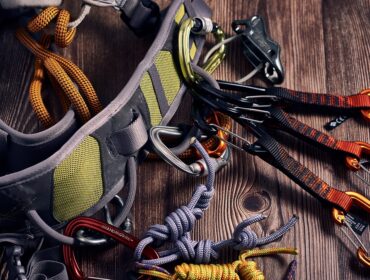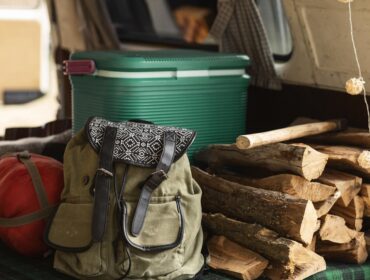Choosing a kayak paddle can seem daunting. Paddles are available in countless styles, materials, and sizes. Some are made for speed, some for comfort, some for durability. But how can we choose the right one? While finding the right paddle will eventually come down to personal preference, these general tips should help you narrow the search if you’re new to kayaking.
Quick overview
The length of the shaft will be determined by the type of kayak used, as well as the paddler’s height. Blade shapes and sizes will depend on the style of paddling. Bigger blades will provide more power but require more energy from the paddler. Smaller blades can be a good option for long distances or long days on the water. Materials and features will depend on budget and use — lighter materials like carbon can provide efficiency and be worth their high cost, but other heavier and more affordable materials like fiberglass might be a better option when durability is needed.
Lastly, paddle features like bent shafts, ferrules and feathering options can offer the paddler more effectiveness on the water, but it will depend on personal preference and paddling style. Similarly, paddles that can break down into 2 or 4 pieces can be considered depending on price and purpose. One-piece paddles can offer strength and durability, while 2- and 4-piece paddles are easier to transport.
Now, let’s focus on the style of kayaking we’ll be doing and how each style might impact the overall need from the kayak paddle:
Recreational kayaking
Recreational paddles will usually be on the longer side, with medium or smaller blades. The longer shaft allows the kayaker to fit slightly wider recreational kayaks as well as generate a bit less power per stroke for a comfortable paddling experience all day.
White water kayaking
White water paddles will usually be on the shorter side with large, powerful blades and be made with tough materials. This allows the kayaker to have a lot of immediate power and control, as well as take the abuse when hitting rocks or other obstacles in the water.
Kayak touring and sea kayaking
Sea kayaks can accommodate lots of different types of paddles and will depend on the activity. Narrower sea kayaks allow the paddler to use shorter paddle shafts — preferable in high-angle paddling for more power. However, longer shafts can be used for long distances and touring — preferable in low-angle paddling for less power per stroke and higher endurance. Lastly, sea kayaks can also accommodate using any of the following kayak paddles listed in this article: wing, Greenland, Aleutian, etc.
Surf Skis and competitive racing
Wing paddles are usually the go-to paddle for those seeking the best blend of efficiency, power and speed. Their intricate shape grants the paddler fantastic paddling power vs. energy used. However, high efficiency also comes from developing a proper forward stroke to maximize its use.
Traditional kayaking
Greenland and Aleutian paddles might look a bit strange at first — some paddlers call them “paddling sticks.” Often hand-carved out of wood, these paddles are based on designs used at the origin of kayaking and offer a fantastic low-impact alternative to other styles of paddles. They’re extremely buoyant and not much affected by wind, so they’re usually chosen by touring kayakers as well as those interested in traditional rolling.

Size recommendations
Each manufacturer will provide dimensions to consider for their paddles. Here’s the recommendation from Werner – but consider following dimensions specifically from the manufacturer you choose.
| Paddler Height | Boat Width | |||
| Under 23″ | 23″ to 28″ | 28″ to 32″ | Over 32″ | |
| Under 5′ tall | 210cm | 220cm | 230cm | 240cm |
| 5′ to 5’6″ tall | 215cm | 220cm | 230cm | 240cm |
| 5’6″ to 6′ tall | 220cm | 220cm | 230cm | 250cm |
| Over 6′ tall | 220cm | 230cm | 240cm | 250cm |
Holding the paddle
Let’s discuss how to hold a paddle. An easy way to ensure your hands are in the right place is to hold the paddle up, with the center of the paddle shaft resting on your head. Let your elbows ease down so your arms form right angles. Next, bring the paddle down in front of you, your hands should be placed correctly on the paddle. We call this the “paddler’s box.” Remember not to grip the shaft too tightly.
One last thing to consider: You do not have to limit yourself to only one type of kayak paddle or think that your current paddle will be the only one you’ll ever use. As your paddling ability changes, you might seek better performance from different shapes, features, and materials. A good way to keep things interesting is asking to try other paddlers and friends’ paddles when you’re on the water. Not only might you find out about the paddle itself, but you might also encounter a new style of paddling to consider and broaden your kayaking adventure.
Article and Photos by Luke Rovner (Kayak Hipster)
Luke is a sea kayak instructor, photographer and filmmaker. Combining his experience as a photo and video professional with a love for kayaking, he started Kayak Hipster with the goal of capturing outdoor adventures and sharing kayaking tips.




